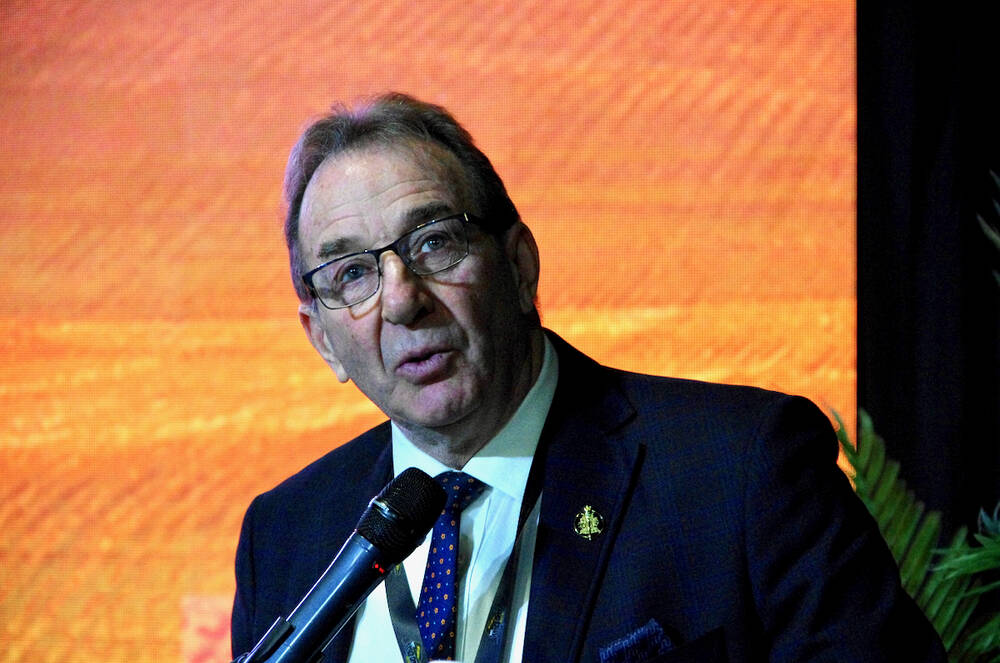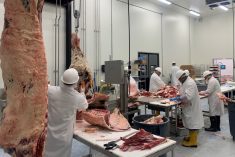Manitoba municipalities should prepare for a rapidly changing workforce in coming decades, the province’s chief statistician says.
Wilf Falk told the Association of Manitoba Municipalities last week that although the province’s median age is the third youngest in Canada, its labour force is greying as people choose to work well into their senior years.
And contrary to popular belief, its population has grown at a record pace since 1991 and that is expected to continue over the next 15 years.
By 2020, Manitoba should have an additional 117,000 people for a total of 1.4 million residents, with much of that growth coming from within the Métis and First Nations communities, Falk said.
Read Also

AgriStability enrolment deadline extended
The deadline for Manitoba farmers to enroll in the AgriStability business risk management program has been extended by three months agriculture minister Ron Kostyshyn announced on Friday.
Those additional people mean a larger — not smaller — labour pool projected in the years out to 2029, Falk said.
“There’s talk about not having enough bodies to work,” he said. “I don’t think that’s the issue. The issue is that participation rate is going to to decline. Given our increasing population, we see the total labour force, that is those people who will be employed increasing over time… albeit at a slower rate than in the past.”
However, that larger labour force won’t be made up of 20-somethings. Increasingly, it will be those in their 50s and 60s available for work, Falk said.
Currently, less than 10 per cent of those age 65 or older work, but due to a range of factors, from lack of money to retire, to one’s identity tied to their job, it’s expected more will continue to work beyond the traditional retirement age as time goes on, Falk said.
“What we’re seeing is that the participation rate of older workers will be increasing,” Falk said. “The percentage is going to be large.”
Regional populations
Falk also spoke of Manitoba’s current population and projections for what’s ahead for various regions. Every region, with the exception of Manitoba’s Parklands, is expected to have population growth at least until 2029.
These regions right now also have relatively young populations. Northern Manitoba is youngest of all with a median age of 26.5, while the southwest, south-central and southeast are all at or near the provincial average of 37.7. The Interlake is older at 44.4 years; the Parklands has the oldest residents of all with a median age of 45.7.
Roughly one in four people living in the Dauphin, Ethelbert, Swan River areas is over 65.
Falk said it’s important that local government get up to speed on what their regional demographics are so they can be ready.
Demographic change is happening rapidly and it has implications not just for labour force but housing and education, the health-care system and many other areas, he said.
“And particularly over the next 20 years it will be moving very rapidly,” he added.
The provincial Bureau of Statistics will release more data in early 2016 describing in more depth and detail anticipated demographic changes for Manitoba.
“It’s to start getting people thinking about the future,” Falk said.




















